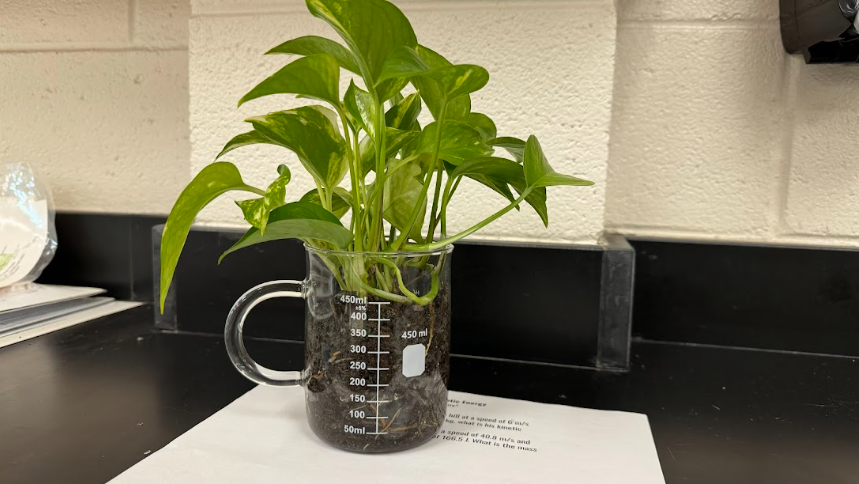After Joe Biden was inaugurated Jan. 20, 2021, the new president took no time to set boundaries and create change within America. After leaving office, Trump left Biden with a whole checklist of things to change and deal with based on the Democratic view. Biden’s first major order of business was to shut down the Keystone XL pipeline intended to transport oil from Canada to the U.S. This will overall lead to a safer and more efficient way of life in the United States.
Fossil fuels have supplied around 80 percent of the energy consumption in the United States and are proven to be effective for many decades. The Keystone XL pipeline is an extension of the original pipeline that stretched from Alberta, Canada to parts of central U.S. The extension would increase the supply of oil from Canada and travel all the way to the Gulf Coast of Texas. The oil being transported from Alberta to Texas is crude oil, which can be used to create gasoline, diesel and petrochemicals which are all main sources of energy. With the closing pipeline, it would decrease the amount of fossil fuels polluting the atmosphere and increase the amount of eco-friendly energy.
The issue concerning the pipeline is the overall route and areas the pipeline crosses over. With the extensions to the pipeline, engineers comprise building it into two segments, one on the northern end and one on the southern end of the United States.
Melissa Denchak from NRDC has found that under former President Barack Obama the U.S. State Department declined the grant to construct the northern leg of the Keystone XL pipeline. This project would make a pipeline cross the U.S.-Canada border in order to transport oil to America.
When Trump got into office, he granted himself a permit and removed that barrier to start the construction of the Keystone pipeline again. The northern route falls right through Native American tribal lands in Montana and South Dakota, but the same issue lies on the southern route which has the pipeline falling in tribal lands in Oklahoma. The extension also calls for the tribal lands to have terminals which can store oil and petrochemical products.
As the pipeline is being constructed, people are most concerned about leaks and environmental threats along the route. The original pipeline has had its issues in the past with it having more than 12 leaks, most notably an incident in North Dakota which sent 21,000 gallons of tar sand oil in the air over 60 feet. In 2019, the pipeline was temporarily shut down after a spill in North Dakota sent over 378,000 gallons of oil into the ground.
According to Denchack, “Tar sands oil is thicker, more acidic, and more corrosive than lighter conventional crude, and this ups the likelihood that a pipeline carrying it will leak. Indeed, one study found that between 2007 and 2010, pipelines moving tar sands oil in Midwestern states spilled three times more per mile than the U.S. national average for pipelines carrying conventional crude.”
The consequence of spills with tar sands oil, is that the oil immediately sinks to the bottom of waterways which overall affect water as a whole. This is a great danger to the Ogallala Aquifer, which is in the middle of the United States covering around eight larger states. This aquifer supports around 30 percent of America’s irrigation water, but other issues resulting in the area of the pipeline are water bodies, rivers and streams. With Biden’s administration putting a stop to the pipeline, it destroys the possibilities to harm native land and environmental damage to earth.





